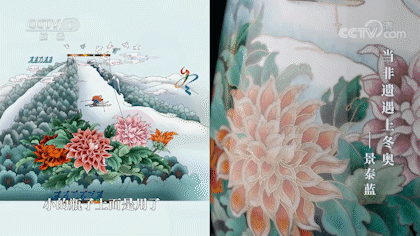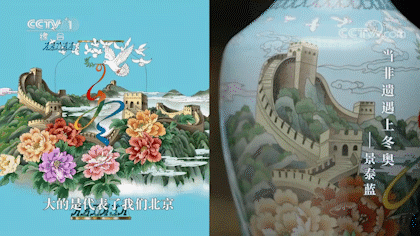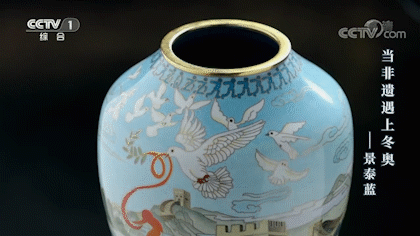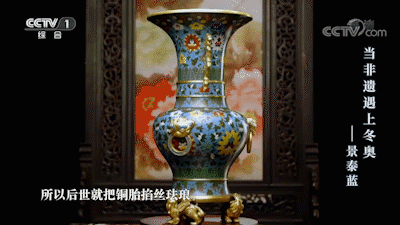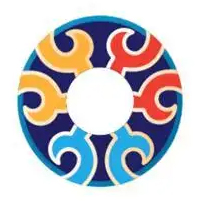The ingenuity behind the design of the cloisonné couple vase.
Cloisonné can be said to be well-known in China, it is one of the 'Eight Wonders of Yanjing'. In the intangible heritage exhibition hall of the Yanqing Winter Olympics Village, a pair of cloisonné couple vases are displayed.
The design behind this pair of cloisonné couple vases embodies the designer's ingenuity.
Li Jing, the designer of the copper-wrapped filigree enamel double city matching vases, said that cloisonné is one of the special crafts that best represent China and Beijing. The couple vases consist of one large and one small bottle. The small bottle features the city flower, dahlia, and the alpine ski resort of Zhangjiakou City, while the large bottle represents Beijing and depicts elements such as the Great Wall and peony flowers.
The two bottles rely on each other, and the design of the bottle body with the elements of peace dove and olive branch represents a wish for peace and beauty.
The craftsmanship is summarized in the name of cloisonné.
Cloisonne enamel on copper, also known as Jingtai Blue, is the main production process of cloisonne enamel. It got the name Jingtai Blue because it matured and prevailed during the Jingtai period, and most of the products have a blue background color. The process of making Jingtai Blue includes making the base, making the wire, dotting the blue, and polishing, etc. All of these processes are done completely by hand. Among them, making the wire is not only the most poetic process but also the unique skill of traditional Jingtai Blue.
The highest level of making Jingtai Blue for imperial use.
In addition to the complex craftsmanship, the value of Jingtai Blue is also related to its origin. According to the records in the Qing Palace Archives, Emperor Qianlong was very fond of Jingtai Blue and even personally participated in its design. The most famous work is the Jingtai Blue Wan Shou Wu Jiang Golden Bowl, which was specially created by Emperor Qianlong for his eightieth birthday celebration. He personally designed and supervised the production, and it took a year of repeated modifications by the craftsmen from the Zhaoban Office, representing the highest level of making Jingtai Blue for imperial use.
The famous writer and educator Mr. Ye Shengtao wrote an article called 'The Production of Cloisonné' in 1955, vividly documenting the main production steps and processes of cloisonné craftsmanship. Later, this article was included in middle school Chinese textbooks and played a certain role in popularizing knowledge about cloisonné.
